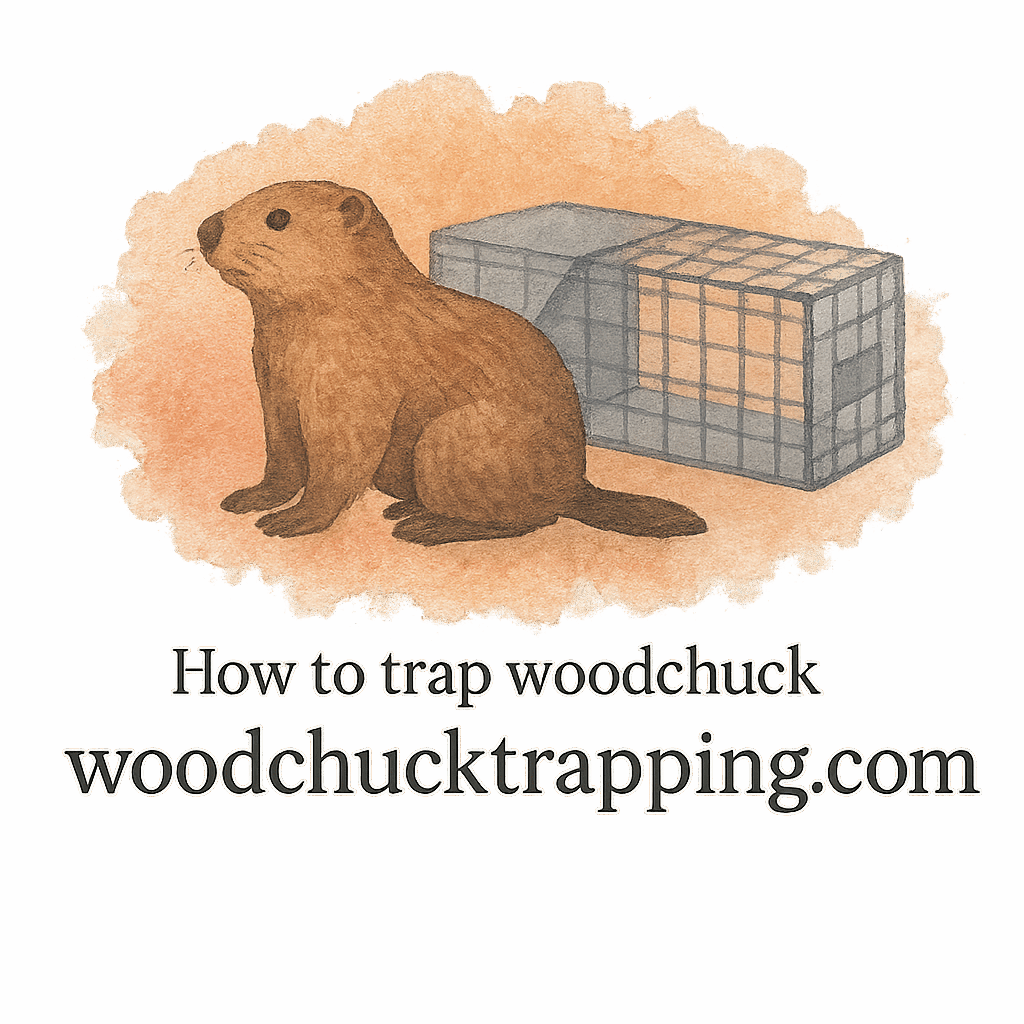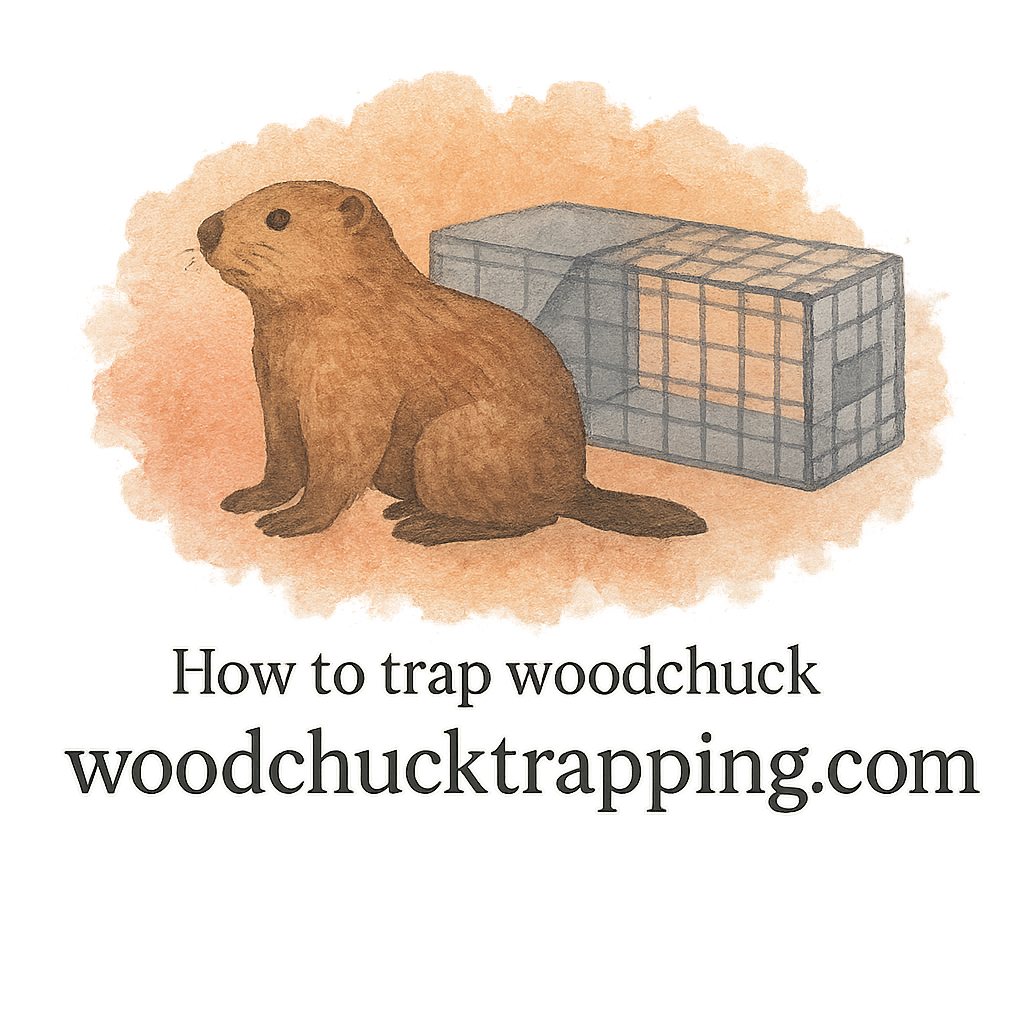Introduction to Woodchuck Trapping
If you’re dealing with yard damage, chewed plants, or random mounds of dirt in your garden, chances are a sneaky woodchuck is the culprit. These furry little troublemakers, also known as groundhogs, are notorious for digging burrows and munching through gardens like they own the place. So, you’ve set a trap—but how do you know if it’s actually done the job?
Why It Matters to Know If a Trap Was Triggered
Knowing the signs a woodchuck trap has been triggered is key to timely and humane handling. Leaving a trapped animal for too long is not only inhumane but may also be against local trapping laws. Plus, the longer you wait, the more likely it is that the animal might escape or get injured.
For guidance on the ethical and legal side of things, check out the Laws & Safety section of Woodchuck Trapping.
Types of Woodchuck Traps
Before diving into the telltale signs, it’s important to know what kind of trap you’re working with.
Live Cage Traps
These are humane traps that capture the animal alive. They’re perfect if you’re aiming for a catch-and-release scenario. Learn more about humane techniques.
Lethal Traps
These are designed to kill the animal instantly. They require more caution and typically have very obvious signs when triggered.
DIY Traps
Some people go the creative route with homemade traps. While these can work, they’re often less reliable in terms of clear triggering signs.
Focus Keyword: Signs a Woodchuck Trap Has Been Triggered
Now for the good stuff. Here are the 9 unmistakable signs a woodchuck trap has been triggered.
1. Trap Door is Closed
The most obvious sign? The trap door is no longer open. Whether it’s a spring-loaded or gravity-activated door, if it’s shut—something likely went in.
2. Disturbance in Surrounding Ground
Check for disrupted soil, scuffed leaves, or paw prints. Woodchucks are not delicate creatures. Their arrival usually looks like a mini construction site.
For identifying ground activity and burrow clues, see the Burrows tag.
3. Movement Inside the Trap
If you see wiggling or shifting, bingo—you’ve probably got a woodchuck (or another critter). Use caution when approaching.
Handling trapped animals safely is a must. Read more in our Handling guide.

4. Audible Noises or Scratching
These guys aren’t silent. If you’re hearing noises like scratching, growling, or thumping, it’s likely your trap caught something.
5. Trap is Tipped Over or Misaligned
Sometimes the trap doesn’t just close—it shifts. A strong or agitated woodchuck might tip it slightly or move it from its original position.
Check out equipment comparisons in our Equipment Reviews section.
6. Missing or Displaced Bait
If the bait’s gone but the door is shut, that’s a strong sign. And if the bait’s gone but the door is open? You may need to rethink your baiting method.
We break it down here: Baiting & Luring.
7. Visible Animal in the Trap
Pretty self-explanatory. If you can see the critter, your trap did its job. But make sure it’s a woodchuck and not a raccoon or stray cat.
Also explore Trap Gear Essentials.
8. Signs of Struggle (Fur, Scratches)
Look for fur caught in the metal or scratch marks on the trap walls. These signs point to a recent and intense encounter.
9. Trail Leading to or From the Trap
You might see a fresh dirt trail, chewed leaves, or even footprints leading right to the trap’s mouth. Nature’s breadcrumb trail.
Find more trail-reading tips in our Signs tag.
What To Do After the Trap is Triggered
Caught something? Here’s what to do next.
Check Local Trapping Laws
Before doing anything, consult your state’s trapping regulations. Head over to Laws & Safety to stay compliant.
Humane Handling and Release
If it’s a live trap, wear gloves and be gentle. Never reach in barehanded. See our Gloves tag for recommendations.
Relocation or Removal Techniques
You can relocate a live woodchuck—if your local laws permit. Make sure it’s far from residential areas.
Check out our in-depth Trapping Techniques for best practices.
Preventing Future Woodchuck Problems
Trapped one? Great. Now keep the rest away.
Effective Prevention Methods
Install fencing, fill burrows, and remove attractants like open compost or fruit. Get more prevention insights here: Prevention & Damage Control.
Best Equipment for Ongoing Protection
Don’t settle for cheap traps. Invest in compact traps for small yards or heavy-duty options for large properties.
See what works in tight spaces here: Minimal Space tag.
Using the Right Bait and Lure
Choosing the perfect scent bait makes all the difference. Sweet fruits, vegetables, and even peanut butter can work wonders.
Dive into Scent Bait Strategies.
Conclusion
There you have it—the ultimate guide to recognizing when your woodchuck trap has been sprung. Understanding these signs not only saves you time but ensures you’re treating the animal ethically and efficiently. Remember to always check traps frequently and use humane techniques when possible. With the right gear and knowledge, you can outsmart even the cleverest groundhog.
FAQs
1. How often should I check my woodchuck trap?
At least every 6–8 hours. Daily checks are a legal requirement in many areas.
2. What if my trap is closed but empty?
The animal may have triggered it and escaped. Reevaluate your bait and trap sensitivity.
3. Can I trap woodchucks in the winter?
It’s not effective—they hibernate. Best to wait until spring or summer.
4. Is it legal to trap and relocate woodchucks?
Check with your local wildlife department or see our Laws & Safety section.
5. What bait works best for woodchucks?
Fruits like cantaloupe or apples, and vegetables like carrots. Find more at Baiting & Luring.
6. How do I avoid trapping the wrong animal?
Use species-specific bait and trap size. Secure the trap to prevent tipping.
7. Can I reuse traps?
Absolutely, but clean them thoroughly to remove scent residue. Learn more at Trap Scent tag.


